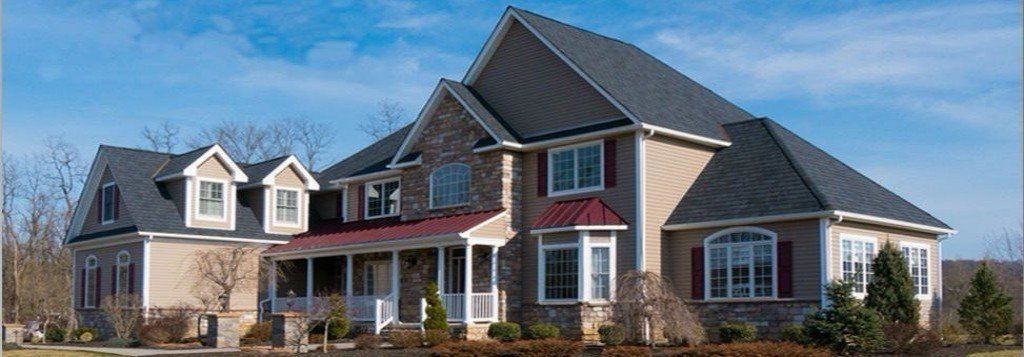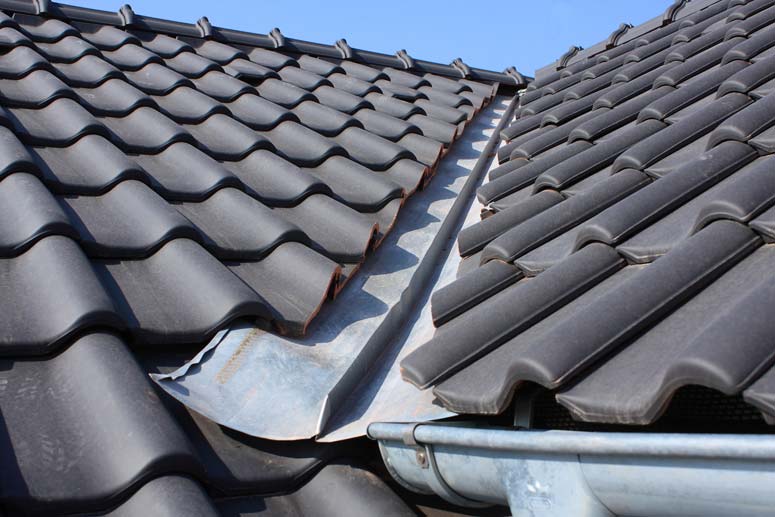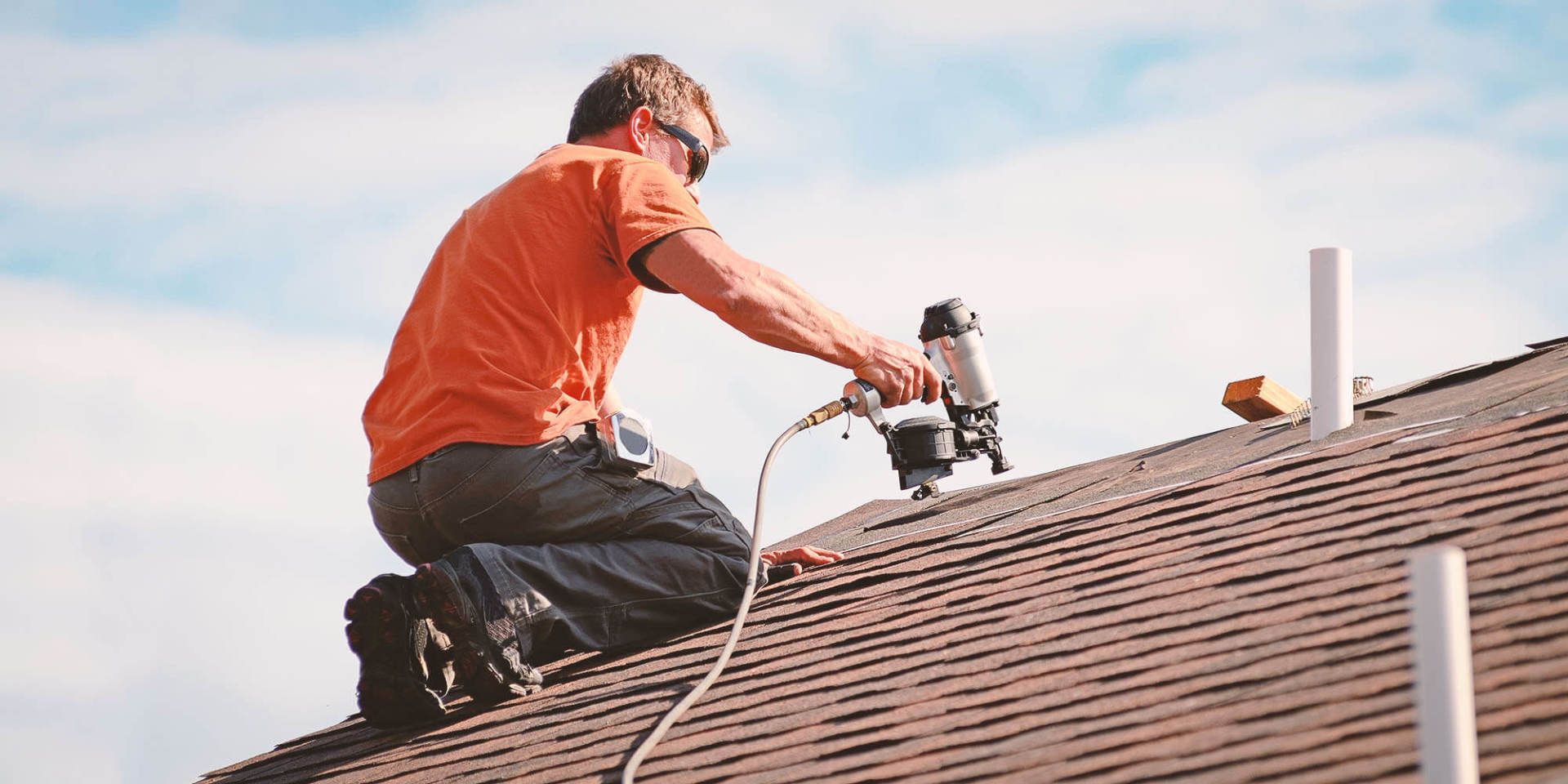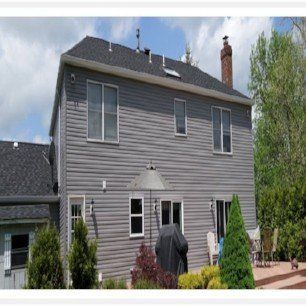SPRING BLOG
DID WINTER CAUSE YOU DAMAGE?

Now that winter is coming to an end, it’s time to assess your home for any damage that may have occurred. Although it may seem that we didn’t have an exceptionally rough winter, you may be surprised at what you find.
Let’s start with the structure that is overhead. The severe winds that winter brings can be very harmful to your shingles. The constant expanding and contracting can cause issues with the shingles. Check your roof to see if you have any missing, lifted, or cracked shingles. You will also want to look for nail pops as they are a very common cause of leaks. This is also why you want to check your attic space for any dark plywood or black marks. These signs can indicate possible leaks. You should also check for any gaps or openings which could be possible entry for water.
Next, take a look at your gutters and leaders. It’s important that all gutters and leaders are properly secured to your home. The weight of snow and ice puts pressure on the system causing it to loosen. If the gutters are not fastened correctly water will get between your gutters and fascia causing the fascia boards to rot. One of the most important things is to make sure the gutters are cleaned. We service many of our customers right before winter and again in spring. As always, clear gutters allow for water to drain properly and avoids backups.
Lastly, you will want to look at your trim and siding. When we say trim, we are referring to the aluminum coverings at the peaks and behind gutters. (The coverings going around the peaks is called rake metal and the coverings behind the gutters is called fascia metal.)
Like the shingles and gutters, wind can get behind these coverings causing them to loosen and pull away. We often get panic calls because the wood is exposed when the coverings come off and customers are worried that the wood will rot. The wood has to be exposed for years before it will rot. We will try our best to get to your house as quickly as possible.
As for the siding, again look for areas where the wind may have tunneled, causing the siding to loosen and buckle (always look above eye level as it usually starts at the top). Loose panels can allow water to get behind siding and cause water to enter the home without your knowledge. A common area is the j-channel that goes between the siding and windows where water gets trapped and comes in through the corners. These spots are not obvious so it’s important to pay close attention to make sure they are sealed properly to avoid extensive damage.
We know this can seem overwhelming to homeowners but we want to make sure everyone is aware of possible damage and the effects. The earlier you can identify a problem the better chance Deegan Brothers has to correct it before further damage is done and higher costs are incurred.










